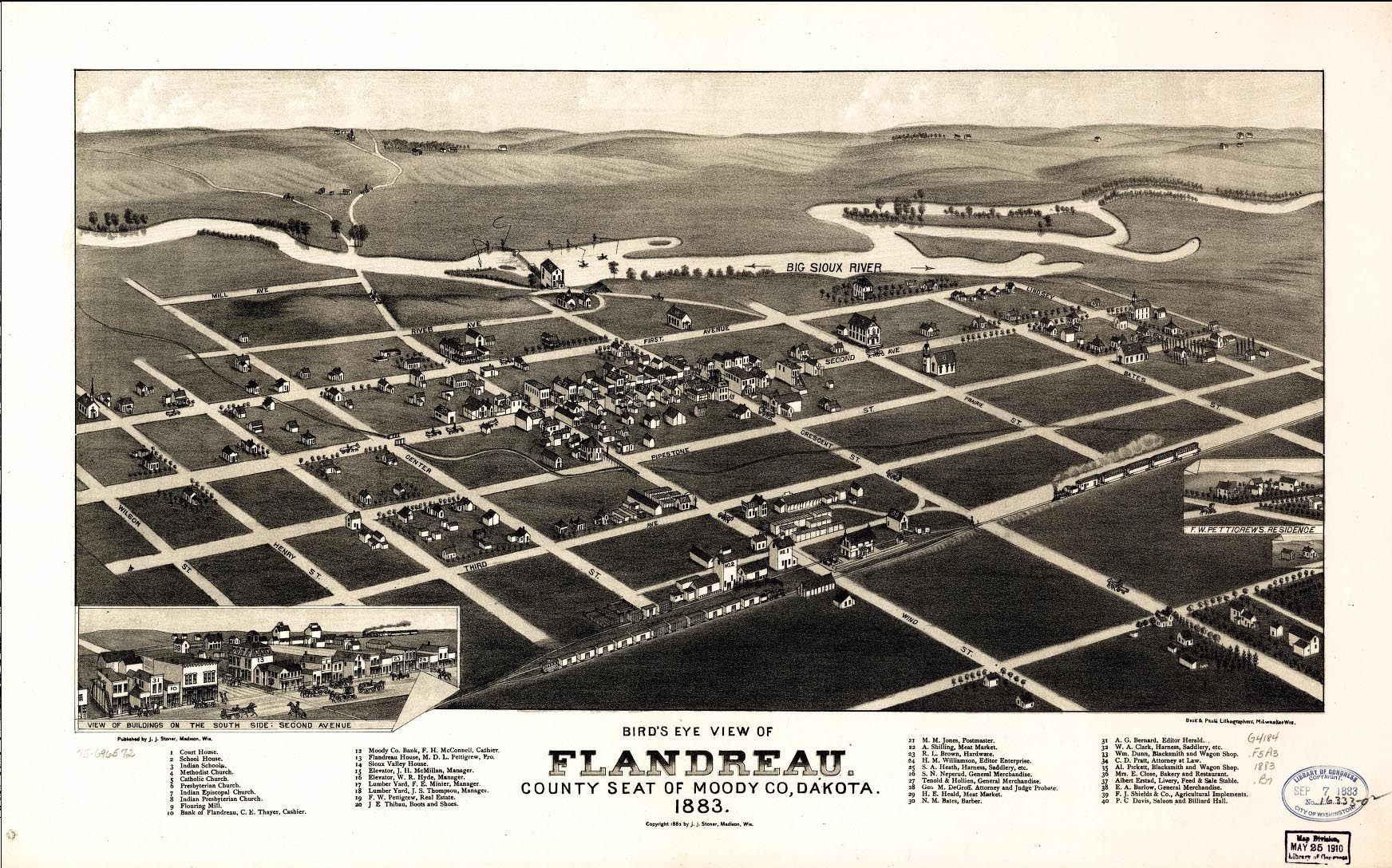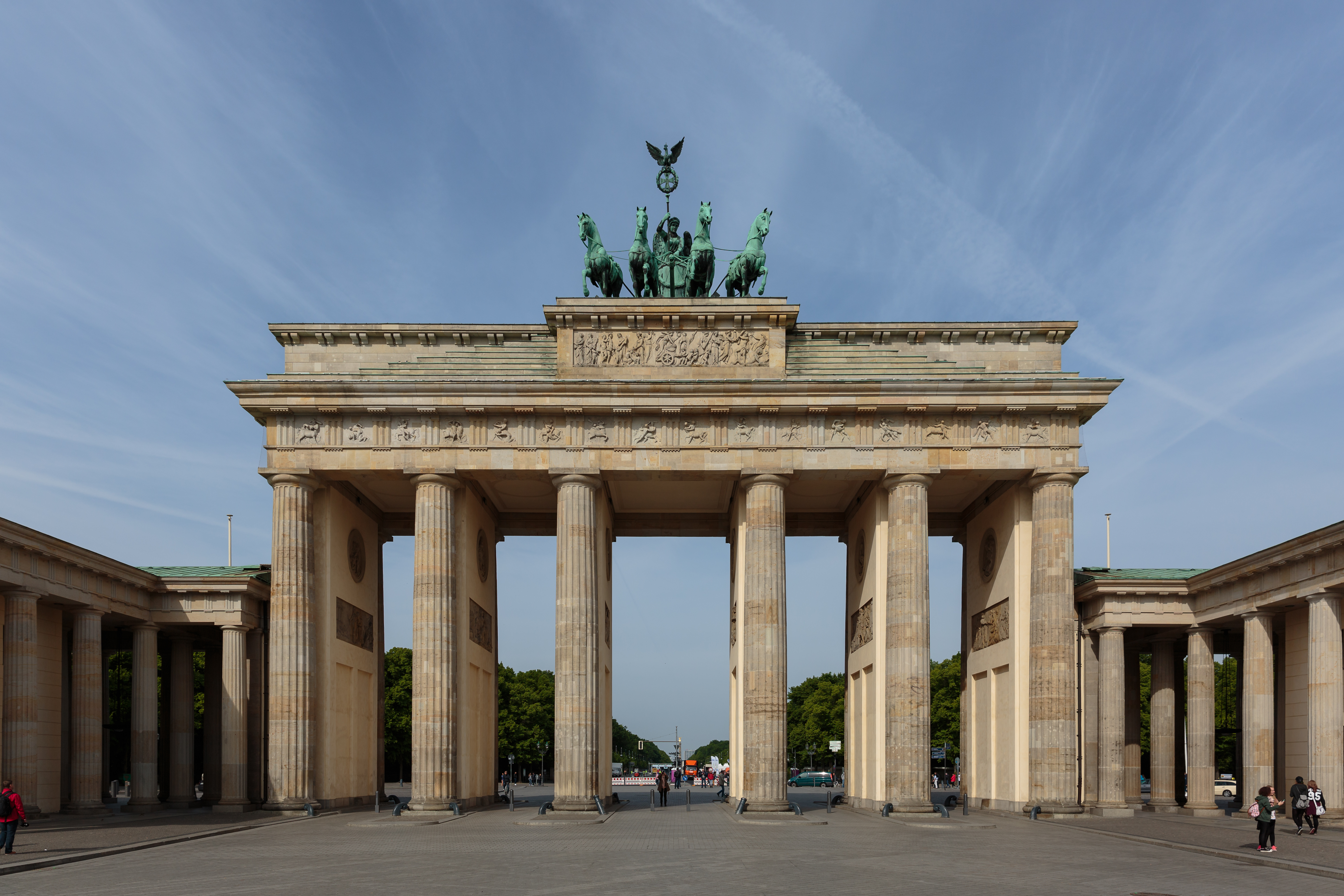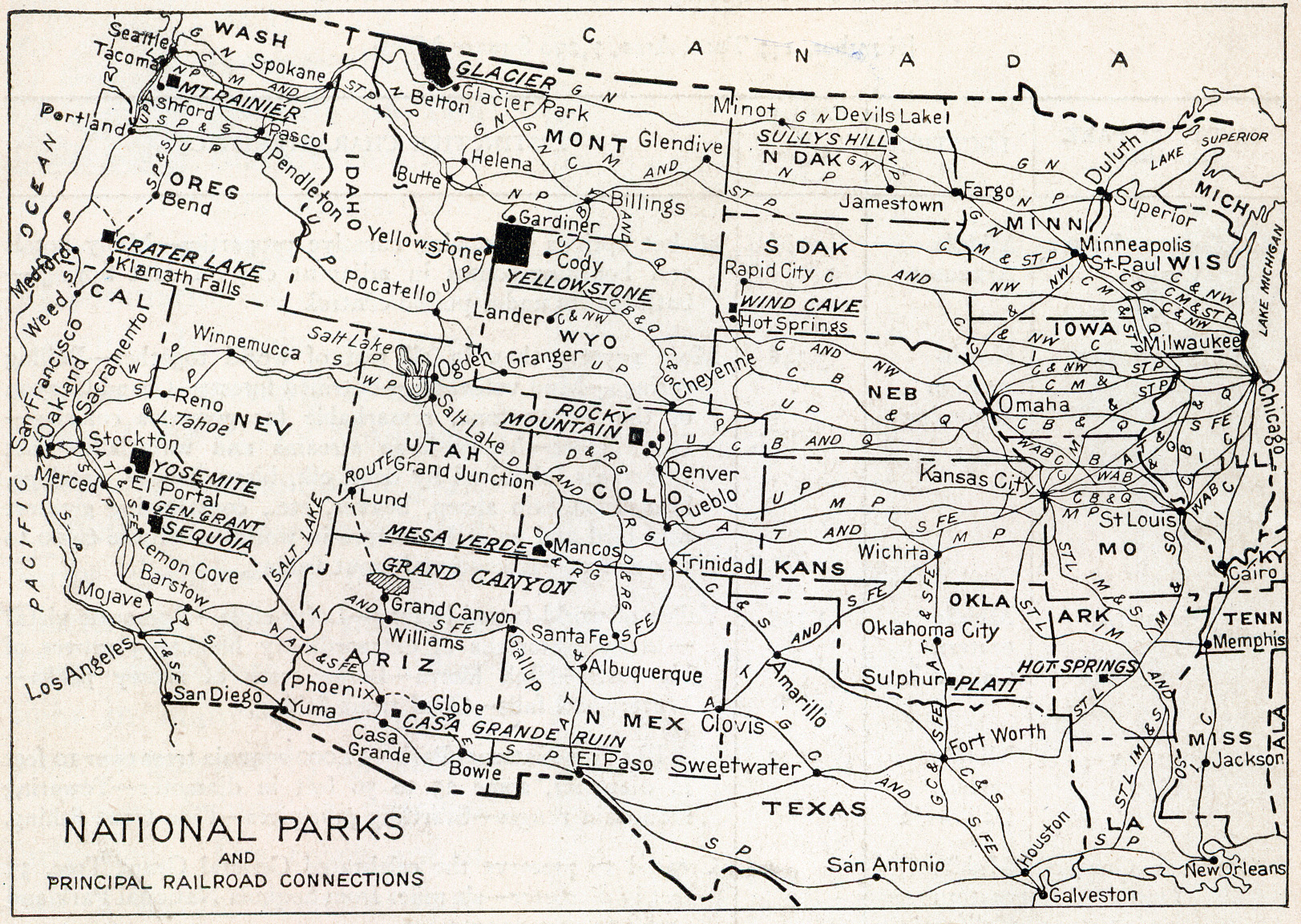|
Moody County Courthouse
The Moody County Courthouse in Flandreau, South Dakota, United States, was built in 1915. It was listed on the National Register of Historic Places in 1993. It is a three-story building clad with brick and sandstone. Its design is in Classical Revival style with Greek Revival details. It was designed by Joseph Schwarz Joseph Schwartz or Joseph Schwarz may refer to: * Joseph Schwartz (architect) (1858–1927), architect of Sioux Falls, South Dakota * Joseph A. Schwarcz, chemistry professor * Joseph M. Schwartz (born 1954), political theorist and left political ac ... and built by contractor O.H. Olsen. With . See also * Flandreau Masonic Temple, also NRHP-listed, which was the Old Moody County Courthouse. References County courthouses in South Dakota Courthouses on the National Register of Historic Places in South Dakota 1915 establishments in South Dakota Neoclassical architecture in South Dakota Government buildings completed in 1915 National Register of Historic P ... [...More Info...] [...Related Items...] OR: [Wikipedia] [Google] [Baidu] |
Flandreau, South Dakota
Flandreau is a city in and county seat of Moody County, South Dakota, United States. The population was 2,372 at the 2020 census. It was named in honor of Charles Eugene Flandrau, a judge in the territory and state of Minnesota. He is credited with saving the community of New Ulm, Minnesota, from destruction during conflict with the Sioux tribe in 1862. In 2015, the nearby federally recognized Flandreau Indian Reservation of Santee Sioux had planned to open the nation's first recreational marijuana lounge in a former bowling alley, close to its existing Royal River Casino and Hotel. Any tourists or non-tribal members using marijuana on tribal land risked state prosecution, so they abandoned the plan. Geography Flandreau is located at (44.047855, −96.596417), along the Big Sioux River. According to the United States Census Bureau, the city has a total area of , of which is land and is water. Flandreau has been assigned the ZIP code 57028 and the FIPS place code 21540 ... [...More Info...] [...Related Items...] OR: [Wikipedia] [Google] [Baidu] |
Joseph Schwartz (architect)
Joseph Schwartz (1858-December 26, 1927), known also as Josef Schwartz, was a notable architect of Sioux Falls, South Dakota. He also seems to have been known as Joseph Schwarz or Joseph Schwarz, Sr..That Joseph Schwartz = Joseph Schwarz is inferred from observation of multiple NRHP listings in overlapping geographical area, within data of NRHP NRIS database. A number of his works are listed on the U.S. National Register of Historic Places. Works include (with attribution): ;Joseph Schwartz * Carnegie Free Public Library, built 1903, 235 W. 10th St., Sioux Falls, SD (Schwartz, Joseph), NRHP-listed * First Methodist Church, 302 S. Carroll St., Rock Rapids, IA (Schwartz, Joseph), NRHP-listed * Holy Rosary Church, Minnesota Ave., Kranzburg, SD (Schwartz, Joseph), NRHP-listed * Immaculate Conception Catholic Church and Rectory, 102 and 108 E 9th St., St. Helena, NE (Schwartz, Josef), NRHP-listed * Lyon County Courthouse, 3rd and Story Sts., Rock Rapids, IA (Schwartz, Joseph), NRHP ... [...More Info...] [...Related Items...] OR: [Wikipedia] [Google] [Baidu] |
National Register Of Historic Places
The National Register of Historic Places (NRHP) is the United States federal government's official list of districts, sites, buildings, structures and objects deemed worthy of preservation for their historical significance or "great artistic value". A property listed in the National Register, or located within a National Register Historic District, may qualify for tax incentives derived from the total value of expenses incurred in preserving the property. The passage of the National Historic Preservation Act (NHPA) in 1966 established the National Register and the process for adding properties to it. Of the more than one and a half million properties on the National Register, 95,000 are listed individually. The remainder are contributing resources within historic districts. For most of its history, the National Register has been administered by the National Park Service (NPS), an agency within the U.S. Department of the Interior. Its goals are to help property owners a ... [...More Info...] [...Related Items...] OR: [Wikipedia] [Google] [Baidu] |
Sandstone
Sandstone is a clastic sedimentary rock composed mainly of sand-sized (0.0625 to 2 mm) silicate grains. Sandstones comprise about 20–25% of all sedimentary rocks. Most sandstone is composed of quartz or feldspar (both silicates) because they are the most resistant minerals to weathering processes at the Earth's surface. Like uncemented sand, sandstone may be any color due to impurities within the minerals, but the most common colors are tan, brown, yellow, red, grey, pink, white, and black. Since sandstone beds often form highly visible cliffs and other topographic features, certain colors of sandstone have been strongly identified with certain regions. Rock formations that are primarily composed of sandstone usually allow the percolation of water and other fluids and are porous enough to store large quantities, making them valuable aquifers and petroleum reservoirs. Quartz-bearing sandstone can be changed into quartzite through metamorphism, usually r ... [...More Info...] [...Related Items...] OR: [Wikipedia] [Google] [Baidu] |
Classical Revival Architecture
Neoclassical architecture is an architectural style produced by the Neoclassical movement that began in the mid-18th century in Italy and France. It became one of the most prominent architectural styles in the Western world. The prevailing styles of architecture in most of Europe for the previous two centuries, Renaissance architecture and Baroque architecture, already represented partial revivals of the Classical architecture of ancient Rome and (much less) ancient Greek architecture, but the Neoclassical movement aimed to strip away the excesses of Late Baroque and return to a purer and more authentic classical style, adapted to modern purposes. The development of archaeology and published accurate records of surviving classical buildings was crucial in the emergence of Neoclassical architecture. In many countries, there was an initial wave essentially drawing on Roman architecture, followed, from about the start of the 19th century, by a second wave of Greek Revival archit ... [...More Info...] [...Related Items...] OR: [Wikipedia] [Google] [Baidu] |
Greek Revival Architecture
The Greek Revival was an architectural movement which began in the middle of the 18th century but which particularly flourished in the late 18th and early 19th centuries, predominantly in northern Europe and the United States and Canada, but also in Greece itself following independence in 1832. It revived many aspects of the forms and styles of ancient Greek architecture, in particular the Greek temple, with varying degrees of thoroughness and consistency. A product of Hellenism, it may be looked upon as the last phase in the development of Neoclassical architecture, which had for long mainly drawn from Roman architecture. The term was first used by Charles Robert Cockerell in a lecture he gave as Professor of Architecture to the Royal Academy of Arts, London in 1842. With a newfound access to Greece and Turkey, or initially to the books produced by the few who had visited the sites, archaeologist-architects of the period studied the Doric and Ionic orders. Despite its ... [...More Info...] [...Related Items...] OR: [Wikipedia] [Google] [Baidu] |
National Park Service
The National Park Service (NPS) is an List of federal agencies in the United States, agency of the Federal government of the United States, United States federal government within the United States Department of the Interior, U.S. Department of the Interior that manages all List of areas in the United States National Park System, national parks, most National monument (United States), national monuments, and other natural, historical, and recreational properties with various title designations. The United States Congress, U.S. Congress created the agency on August 25, 1916, through the National Park Service Organic Act. It is headquartered in Washington, D.C., within the main headquarters of the Department of the Interior. The NPS employs approximately 20,000 people in 423 individual units covering over 85 million acres in List of states and territories of the United States, all 50 states, the Washington, D.C., District of Columbia, and Territories of the United States, US territ ... [...More Info...] [...Related Items...] OR: [Wikipedia] [Google] [Baidu] |
Flandreau Masonic Temple
The Flandreau Masonic Temple in Flandreau, South Dakota is a building dating mostly from 1916. It was listed on the National Register of Historic Places in 1989. It has also been known as the Old Moody County Courthouse. It is "a massive two-story rectangular Colonial Revival building. Rising from a poured concrete foundation, the wood frame walls are covered with stucco and encircled by a three foot high brick watertable. The temple is capped by a hipped roof covered with wood shingles. A tall brick chimney rises from the northwest (front) corner. Projecting from the center of the west (front) facade is a huge pediment supported by four Ionic columns." With It was originally built in 1882 to serve as the county courthouse, with late-Victorian vernacular style. It then had "a gable roof with a large gabled dormer projecting from the center of each axial facade", with gables decorated by bargeboards Bargeboard (probably from Medieval Latin ''bargus'', or ''barcus'', a scaf ... [...More Info...] [...Related Items...] OR: [Wikipedia] [Google] [Baidu] |
County Courthouses In South Dakota
A county is a geographic region of a country used for administrative or other purposesChambers Dictionary, L. Brookes (ed.), 2005, Chambers Harrap Publishers Ltd, Edinburgh in certain modern nations. The term is derived from the Old French denoting a jurisdiction under the sovereignty of a count (earl) or a viscount.The Oxford Dictionary of English Etymology, C. W. Onions (Ed.), 1966, Oxford University Press Literal equivalents in other languages, derived from the equivalent of "count", are now seldom used officially, including , , , , , , , and ''zhupa'' in Slavic languages; terms equivalent to commune/community are now often instead used. When the Normans conquered England, they brought the term with them. The Saxons had already established the districts that became the historic counties of England, calling them shires;Vision of Britai– Type details for ancient county. Retrieved 31 March 2012 many county names derive from the name of the county town (county seat) with t ... [...More Info...] [...Related Items...] OR: [Wikipedia] [Google] [Baidu] |
Courthouses On The National Register Of Historic Places In South Dakota
A courthouse or court house is a building that is home to a local court of law and often the regional county government as well, although this is not the case in some larger cities. The term is common in North America. In most other English-speaking countries, buildings which house courts of law are simply called "courts" or "court buildings". In most of continental Europe and former non-English-speaking European colonies, the equivalent term is a palace of justice ( French: ''palais de justice'', Italian: ''palazzo di giustizia'', Portuguese: ''palácio da justiça''). United States In most counties in the United States, the local trial courts conduct their business in a centrally located courthouse. The courthouse may also house other county government offices, or the courthouse may consist of a designated part of a wider county government building or complex. The courthouse is usually located in the county seat, although large metropolitan counties may have satellite o ... [...More Info...] [...Related Items...] OR: [Wikipedia] [Google] [Baidu] |
1915 Establishments In South Dakota
Events Below, the events of World War I have the "WWI" prefix. January *January – British physicist Sir Joseph Larmor publishes his observations on "The Influence of Local Atmospheric Cooling on Astronomical Refraction". *January 1 ** WWI: British Royal Navy battleship HMS ''Formidable'' is sunk off Lyme Regis, Dorset, England, by an Imperial German Navy U-boat, with the loss of 547 crew. **Battle of Broken Hill: A train ambush near Broken Hill, New South Wales, Australia, is carried out by two men (claiming to be in support of the Ottoman Empire) who are killed, together with 4 civilians. * January 5 – Joseph E. Carberry sets an altitude record of , carrying Capt. Benjamin Delahauf Foulois as a passenger, in a fixed-wing aircraft. * January 12 ** The United States House of Representatives rejects a proposal to give women the right to vote. ** ''A Fool There Was'' premières in the United States, starring Theda Bara as a ''femme fatale''; she quickly becomes one of ... [...More Info...] [...Related Items...] OR: [Wikipedia] [Google] [Baidu] |
Neoclassical Architecture In South Dakota
Neoclassical or neo-classical may refer to: * Neoclassicism or New Classicism, any of a number of movements in the fine arts, literature, theatre, music, language, and architecture beginning in the 17th century ** Neoclassical architecture, an architectural style of the 18th and 19th centuries ** Neoclassical sculpture, a sculptural style of the 18th and 19th centuries ** New Classical architecture, an overarching movement of contemporary classical architecture in the 21st century ** in linguistics, a word that is a recent construction from New Latin based on older, classical elements * Neoclassical ballet, a ballet style which uses traditional ballet vocabulary, but is generally more expansive than the classical structure allowed * The "Neo-classical period" of painter Pablo Picasso immediately following World War I * Neoclassical economics, a general approach in economics focusing on the determination of prices, outputs, and income distributions in markets through supply and d ... [...More Info...] [...Related Items...] OR: [Wikipedia] [Google] [Baidu] |


Saunders_Quarry-1.jpg)
_-_facade_on_Piazza_dei_signori.jpg)




